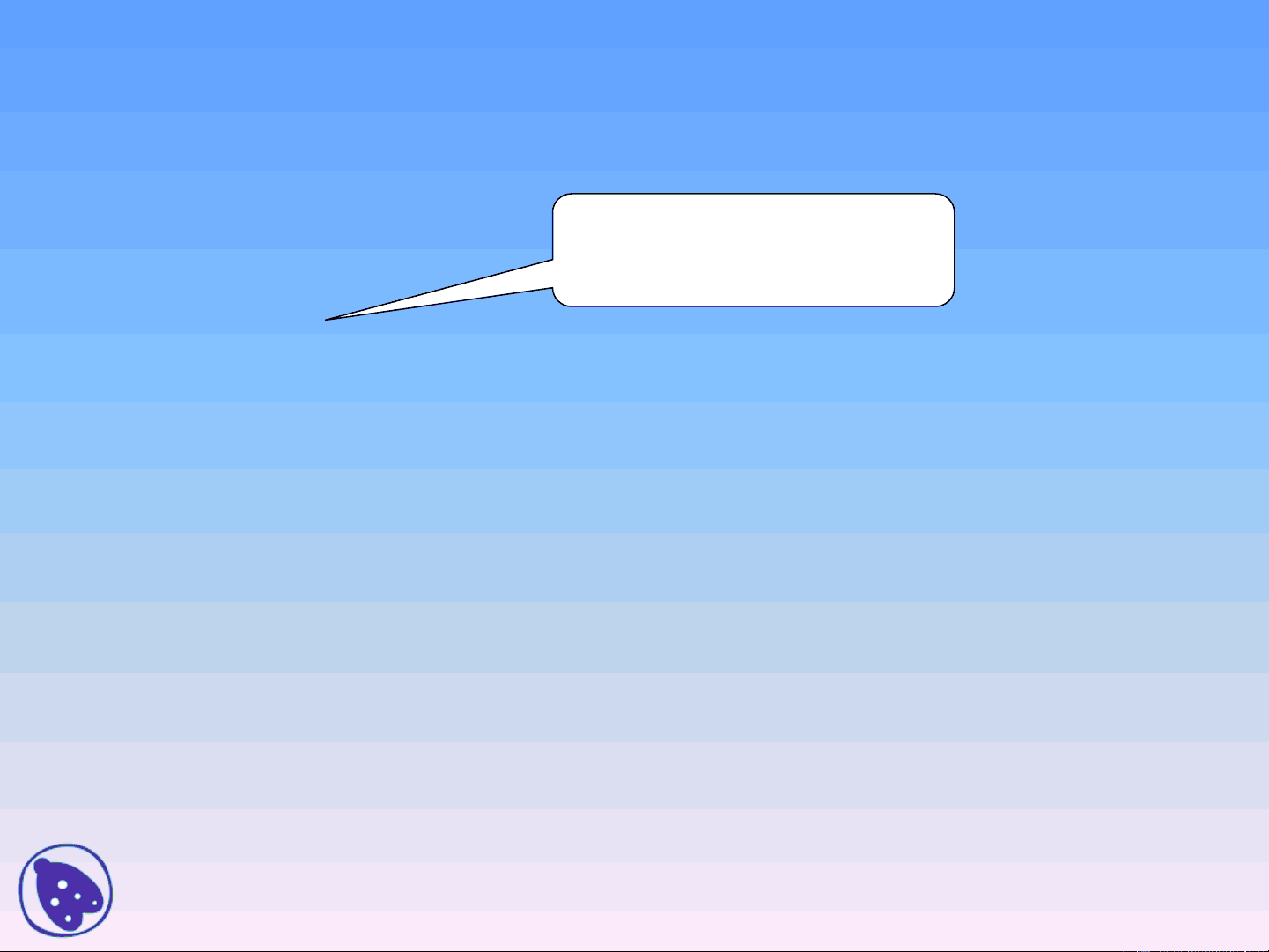
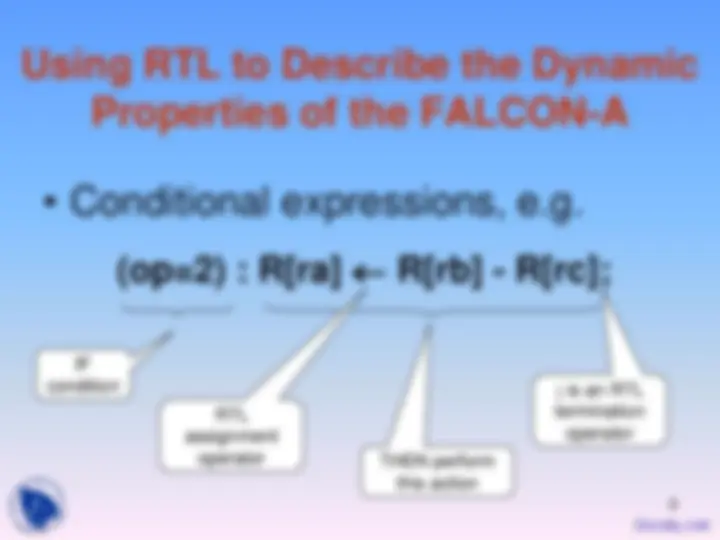
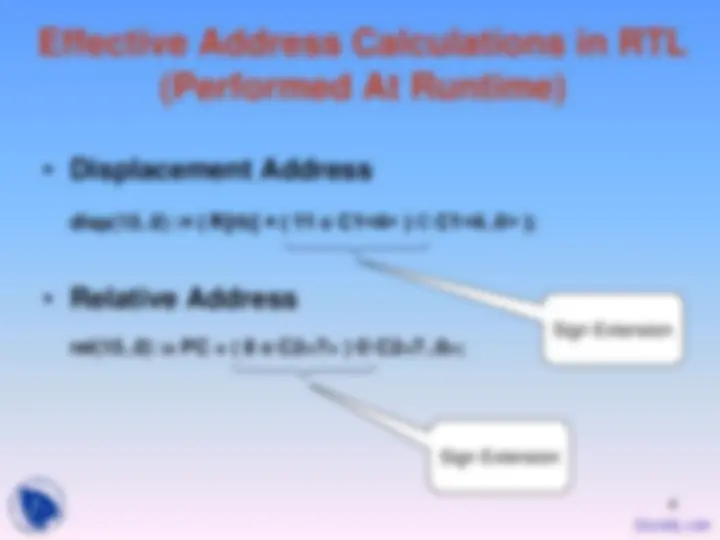
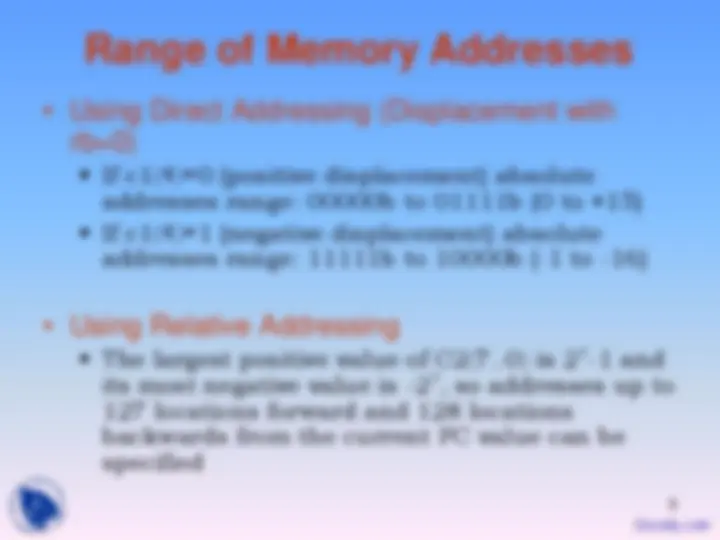
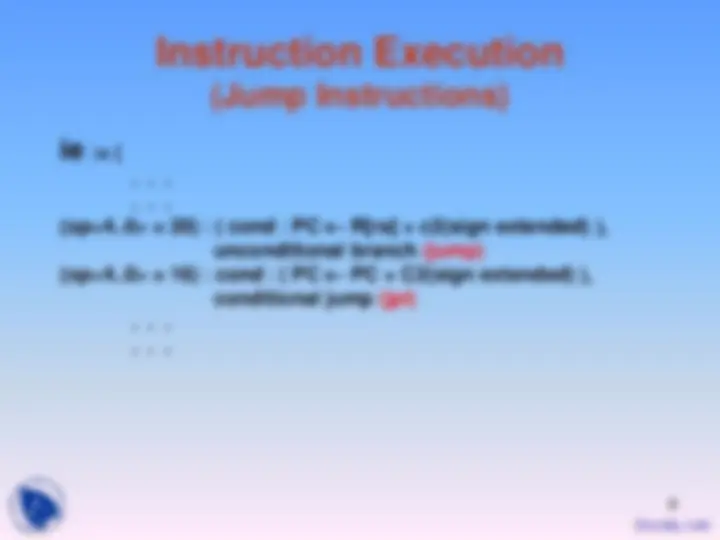
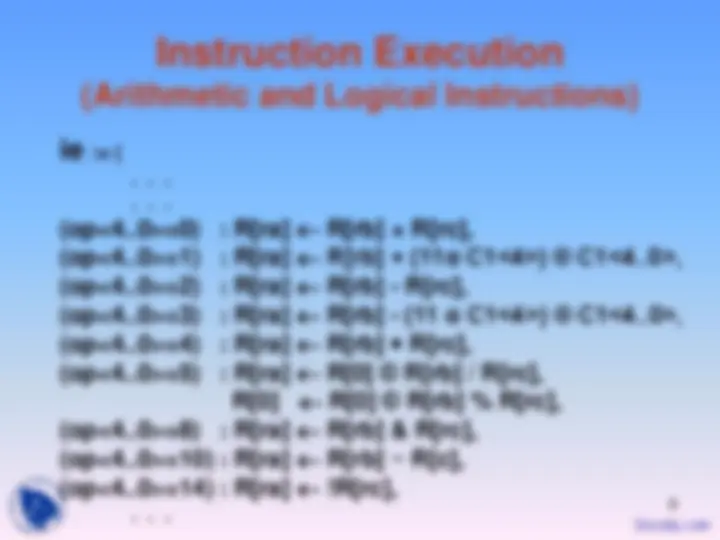
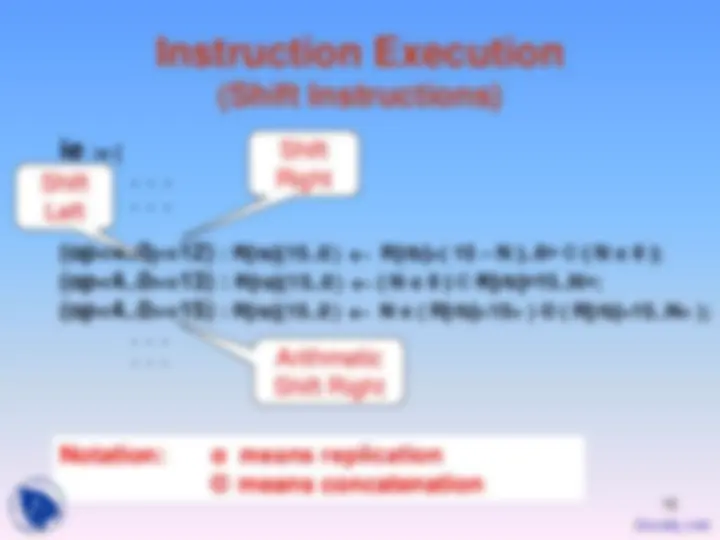

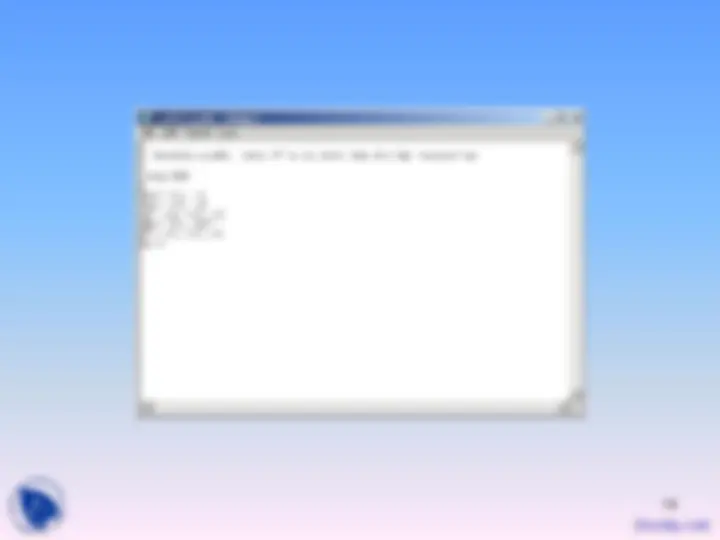
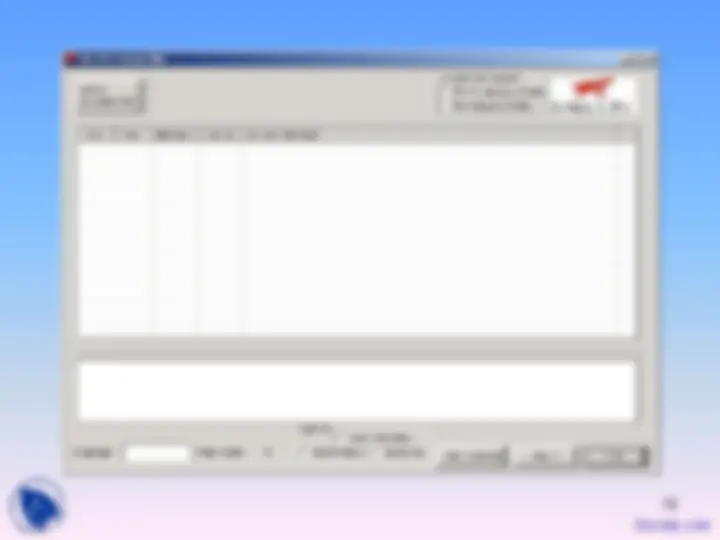
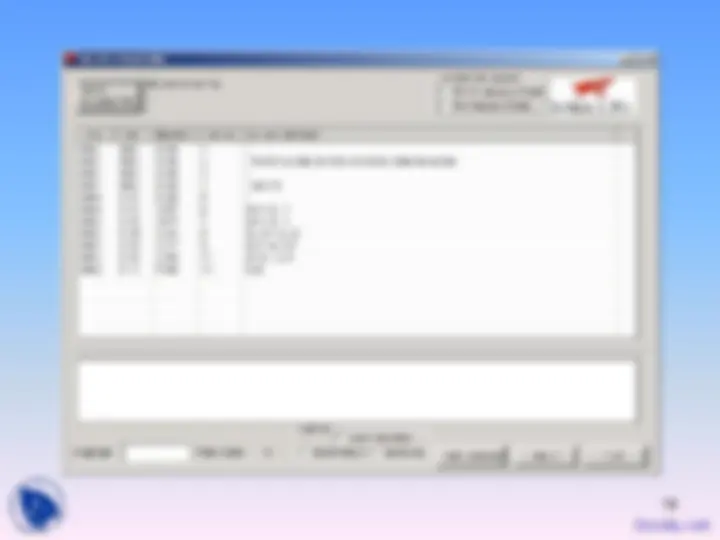

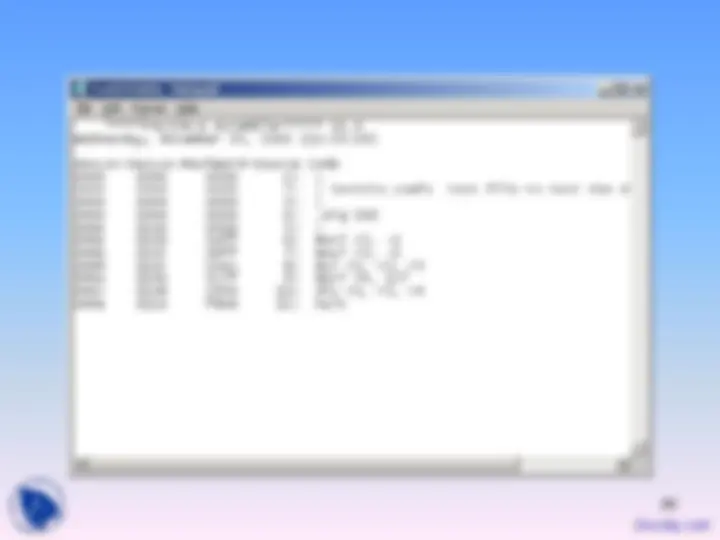

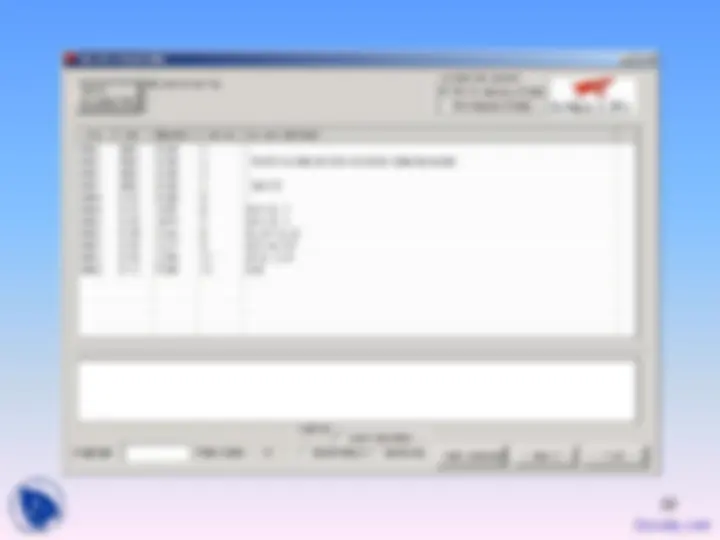
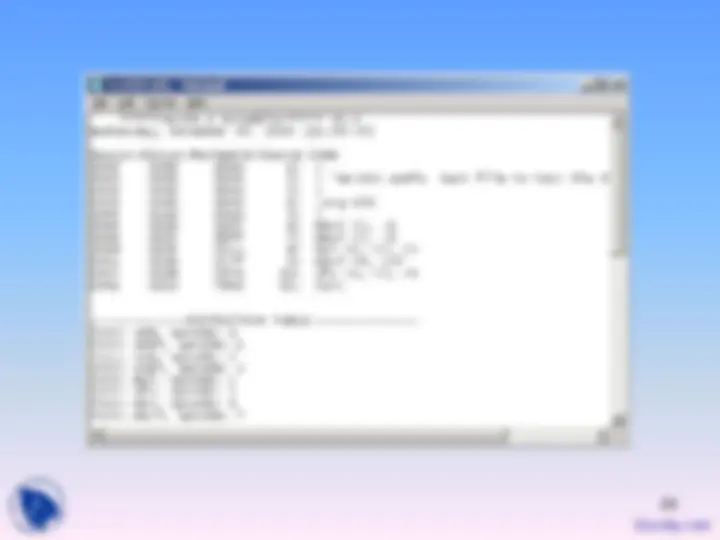
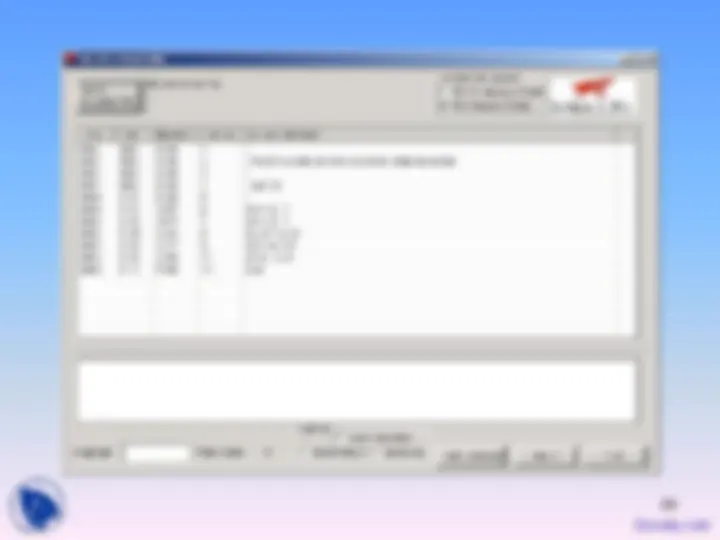
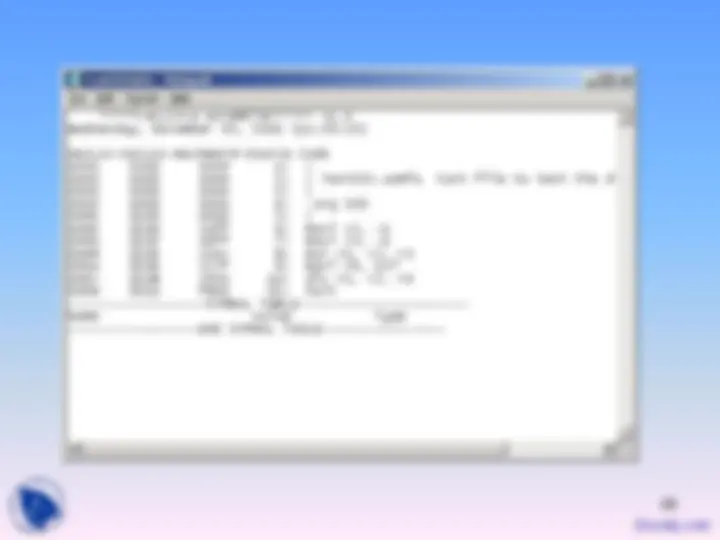
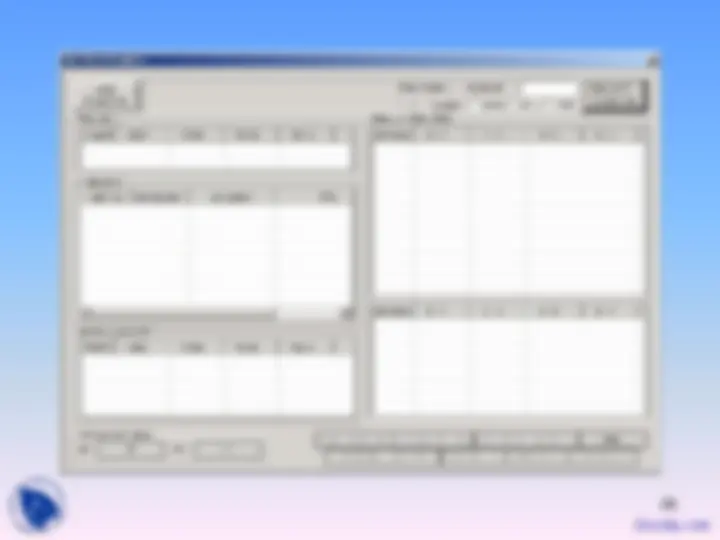
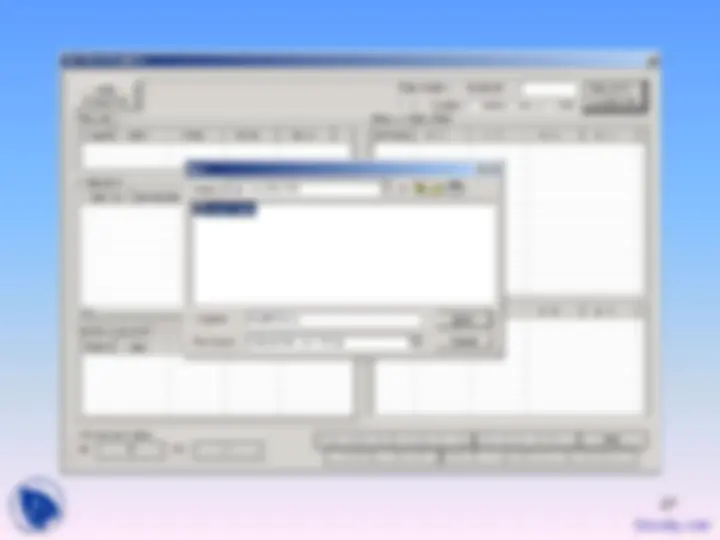
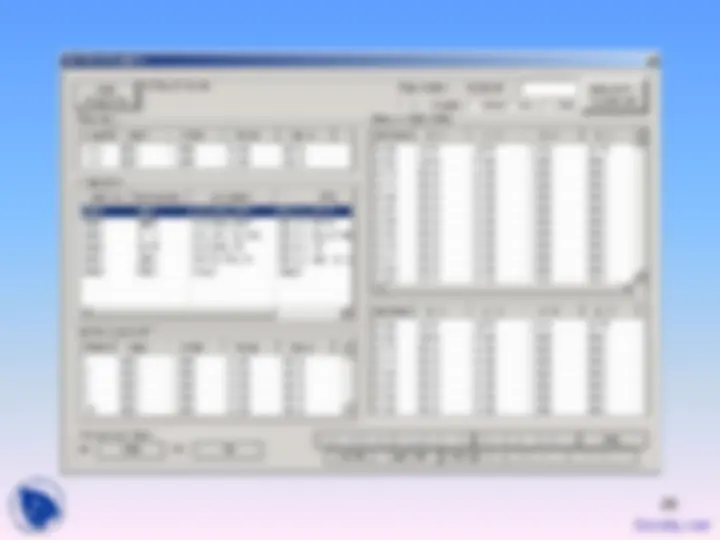
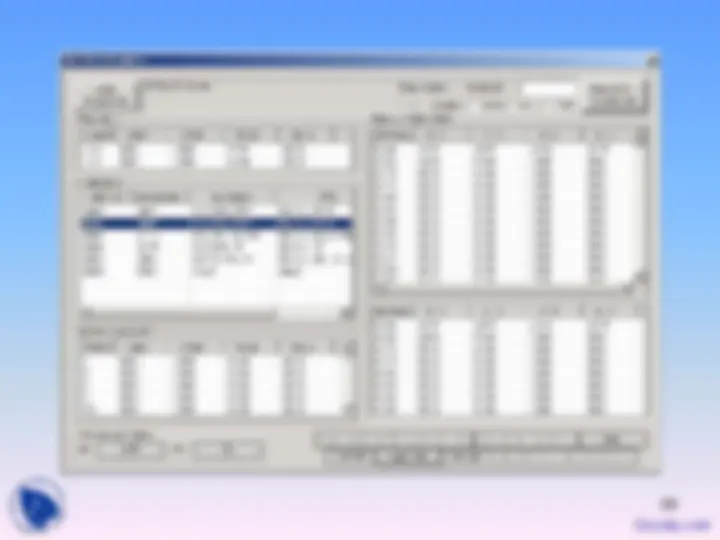
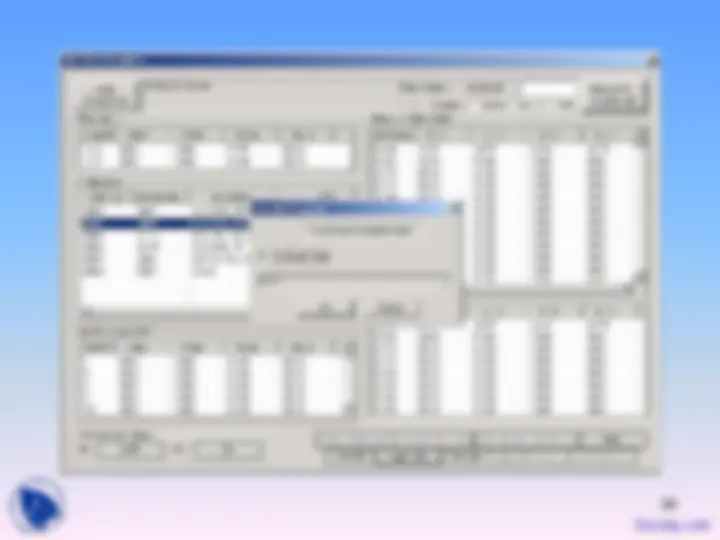
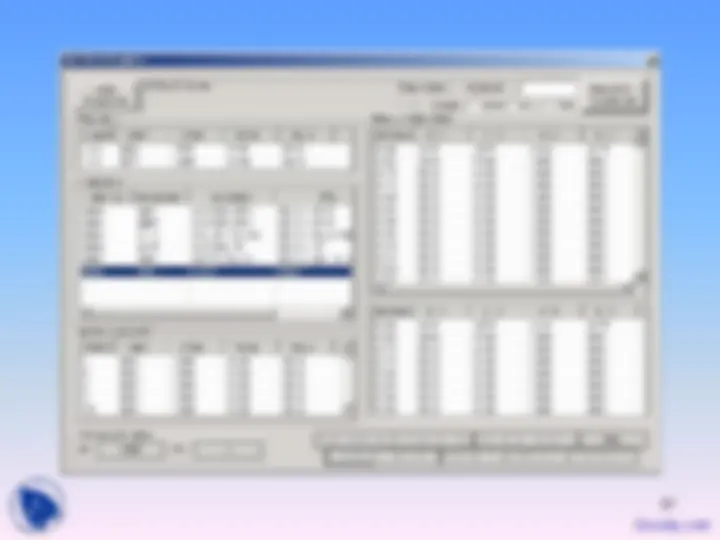


Study with the several resources on Docsity

Earn points by helping other students or get them with a premium plan


Prepare for your exams
Study with the several resources on Docsity

Earn points to download
Earn points by helping other students or get them with a premium plan
Community
Ask the community for help and clear up your study doubts
Discover the best universities in your country according to Docsity users
Free resources
Download our free guides on studying techniques, anxiety management strategies, and thesis advice from Docsity tutors
Processor State, RTL, Dynamic Properties, FALCON A, Effective Address Calculations, Relative Address, Range of Memory Addresses are the topics professor discussed in class.
Typology: Slides
1 / 31

This page cannot be seen from the preview
Don't miss anything!
























1
RTL naming operator
2
Describing the Processor
State Using RTL
4
Effective Address Calculations in RTL
(Performed At Runtime)
disp〈15..0〉 := ( R[rb] + ( 11 α C1<4> ) © C1<4..0> );
rel〈15..0〉 := PC + ( 8 α C2<7> ) © C2<7..0>;
Sign Extension
Sign Extension
5
If c1〈 4 〉=0 (positive displacement) absolute addresses range: 00000b to 01111b (0 to +15) If c1〈 4 〉=1 (negative displacement) absolute addresses range: 11111b to 10000b (-1 to -16)
The largest positive value of C2〈7..0〉 is 2 7 -1 and its most negative value is -2 7 , so addresses up to 127 locations forward and 128 locations backwards from the current PC value can be specified
7
Instruction Fetch
Instruction Decode
Op-code = 0
Op-code = 30 Op-code = 1
appropriate processing goes in this place
8
(Jump Instructions)
... ... (op<4..0> = 20) : ( cond : PC ← R[ra] + c2(sign extended) ), unconditional branch (jump) (op<4..0> = 16) : cond : ( PC ← PC + C2(sign extended) ), conditional jump (jpl) ... ...
10
(Shift Instructions)
... ...
(op<4..0>=12) : R[ra]〈15..0 〉 ← R[rb]<( 15 – N )..0> © ( N α 0 ); (op<4..0>=13) : R[ra]〈15..0 〉 ← ( N α 0 ) © R[rb]<15..N>; (op<4..0>=15) : R[ra]〈15..0 〉 ← N α ( R[rb]<15> ) © ( R[rb]<15..N> );
... ...
Notation: α means replication © means concatenation
Shift
Shift Right
Left
Arithmetic Shift Right
11
(Data Transfer Instructions)
... ...
(op<4..0>=29) : R[ra] ← M[R[rb] + (11 α C1<4>) © C1<4..0>];
(op<4..0>=28) : M[R[rb] + (11 α C1<4>) © C1<4..0>] ← R[ra];
(op<4..0>=6) : R[ra] ← R[rb];
(op<4..0>=7) : R[ra] ← (8 α C2<7>) © C2<7..0>;
(op<4..0>=24) : R[ra] ← IO[c2];
(op<4..0>=25) : IO[c2] ← R[ra];
... ...
load store mov movi
in
out
13
14
16
17
19
20